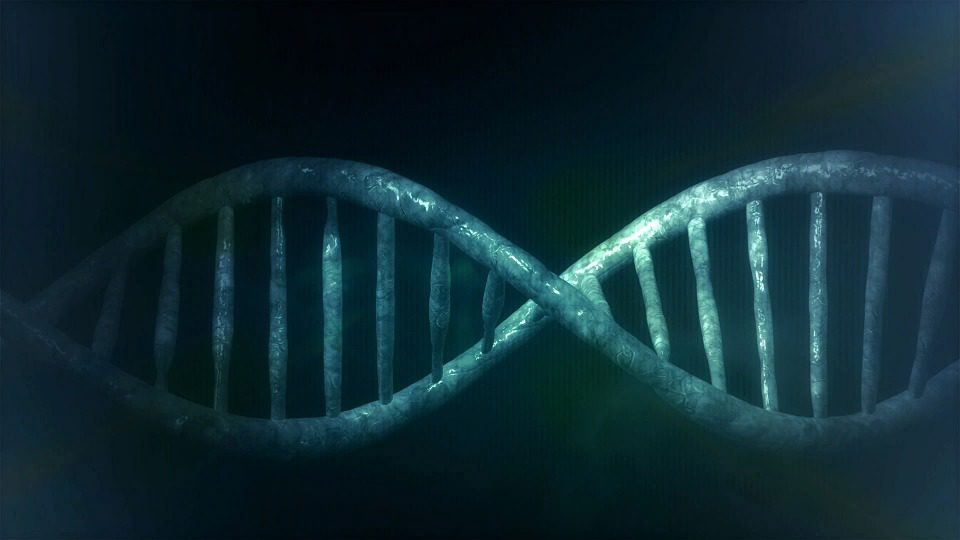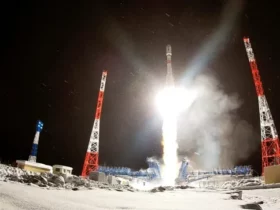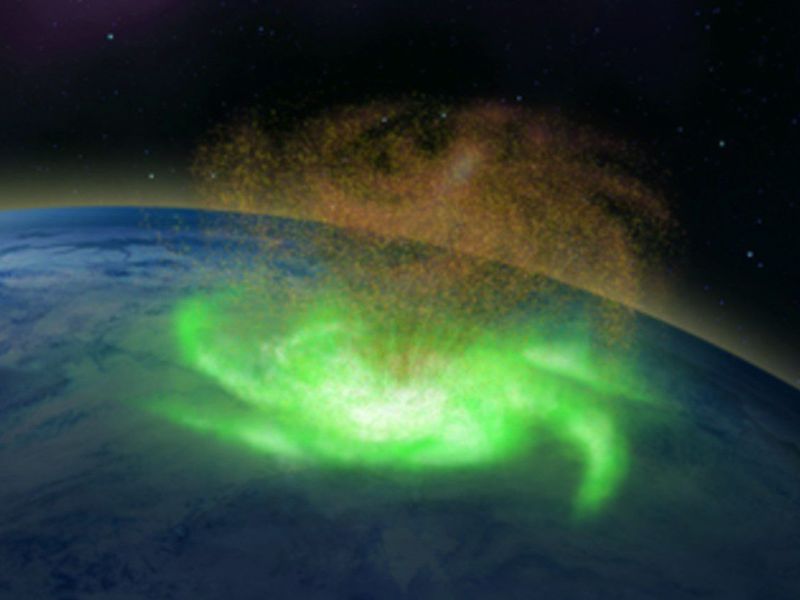Scientists are still fascinated by the beginning of life on Earth, but looking back billions of years into the past is difficult. Now, evidence is mounting for a new theory of how life began: with a precise mixture of RNA and DNA. The genetic make-up of all living things is determined by both RNA and DNA, with the former serving as a blueprint and the latter as a reader or decoder. DNA and RNA may have co-existed on Earth for a long period before they were separated, and both may have contributed to the development of life on Earth.
Phosphorylation of deoxyribonucleosides under plausible prebiotic conditions with diamidophosphate gives rise to 5′-amidophosphorylated nucleotides and concomitantly to the 3′,5′-linked DNA oligomers. This direct conversion of deoxynucleosides to DNA oligonucleotides in a single pot scenario—under conditions compatible with ribonucleosid
There is some evidence that the simple chemical diamidophosphate (DAP), which may have existed before life on Earth began, may link together DNA building components known as deoxynucleosides to form basic strands of DNA. It’s possible that the initial self-replicating molecules might have been a mixture of both DNA and RNA rather than only RNA, as previously claimed in the ‘RNA world’ concept, according to these studies.
There is a huge problem with the assumption that RNA alone gave birth to life on Earth, since RNA normally needs enzymes to divide, which emerged after RNA, and hence RNA couldn’t self-replicate. The newest findings suggest that DNA may have had a role in the creation of life, forming “chimeric” molecular strands that are more readily broken apart than RNA alone.
There are many theories about how life began on Earth, but lab studies demonstrate that DAP might have produced basic DNA in the same manner that RNA does from chemical building pieces prior to the origins of life on Earth.













Leave a Reply